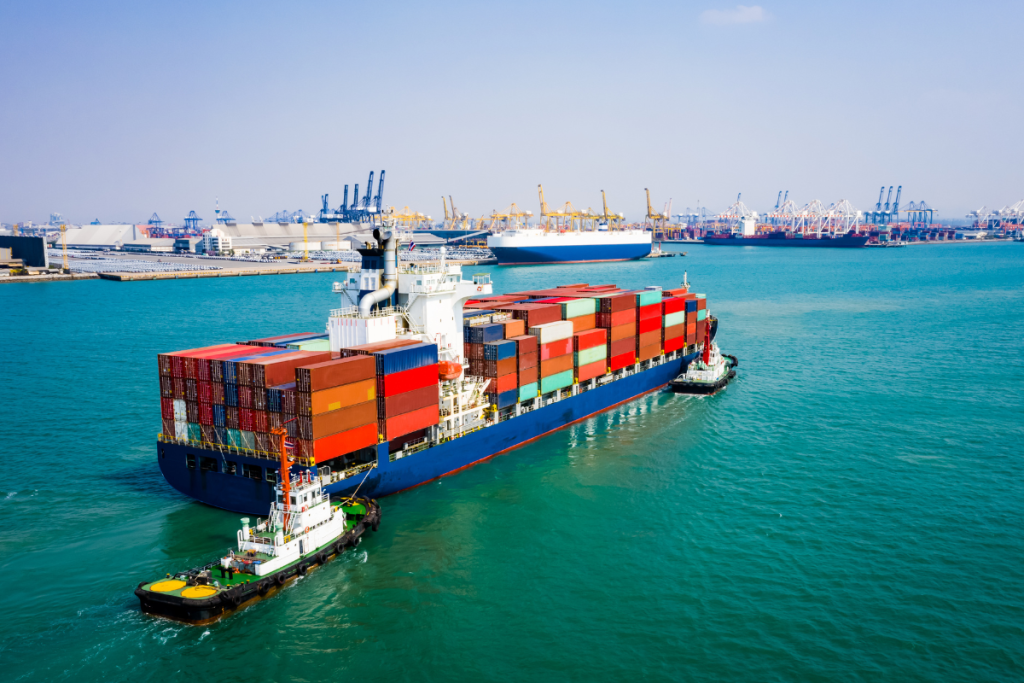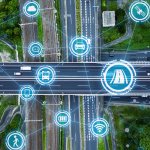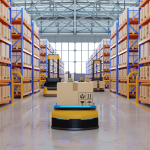For years, port congestion was seen as the primary choke point in global logistics. But as ocean carrier reliability improves and coastal bottlenecks ease, the real delays are moving inland. From rail yards and intermodal terminals to cross-docks and drayage depots, congestion is quietly building in the secondary layers of the network, largely hidden from public dashboards and vessel-tracking tools.
Where the Delays Really Begin
After the collapse of Baltimore’s Key Bridge in March 2024, much of the supply-chain attention focused on vessel rerouting and port operations. Yet inland effects were immediate and profound, truck and rail networks experienced cascading delays as chokepoint infrastructure was overwhelmed.
Freight infrastructure service providers acknowledged that the Port of Baltimore closure compelled carriers to redirect to alternate terminals, a shift that stressed inland drayage links, chassis pools, and rail ramps long before east-coast port volumes normalized .
While port activity regained stability post-collapse, freight operators continued to report rising dwell times at intermodal facilities and inland depots. Industry perspectives underscore that delays at inland nodes, caused by mismatched capacity, limited chassis availability, and gate-hour constraints, remain a persistent drag on logistics efficiency, even when marine throughput appears unencumbered.
The New Inland Bottleneck Playbook
Integrated Drayage Visibility: Logistics leaders are now investing in visibility platforms that extend beyond ports into inland networks. These tools track container milestones through the rail ramp, depot, and final-mile handoff—surfacing not just ETA variances, but root-cause data tied to chassis availability, lift schedules, and trucker no-shows.
Zone-Based Yard Load Balancing: Forwarders and 3PLs are starting to treat inland terminals like dynamic nodes, rerouting flows based on inland capacity metrics. Some firms now use yard-level capacity models to trigger early release of containers for priority customers or shift intermodal routings mid-transit to avoid bottlenecked depots.
Drayage-Aware Inventory Planning: Planners are incorporating inland transport uncertainty into order allocation models. Instead of defaulting to the closest DC, systems now weight drayage risk in routing logic—favoring facilities with stronger intermodal access or more flexible receiving windows when inland congestion risk is high.
Carrier Collaboration for Lane Stability: Shippers are working upstream with Class I railroads and regional drayage carriers to co-model peak scenarios and establish pre-negotiated load-balancing protocols. This includes dedicated container slots, time-based incentives for off-peak pickup, and mutual alert systems for terminal slowdowns.
Container Chassis as a Strategic Asset: Some firms are rethinking chassis access as a procurement category. Rather than relying on pool-based models, companies are investing in private or co-leased chassis fleets for high-volume inland corridors—giving them more control during disruption peaks.
Beyond The Port Perimeter
In 2025, some of the worst fulfillment delays are happening not at berths but at rail spurs, depots, and cross-docks that were never designed for this level of redirected flow. And while digital twin investments have transformed visibility at ports and warehouses, inland drayage infrastructure has largely been left behind.
Without synchronized planning between railroads, third-party drayage fleets, and distribution center operators, logistics leaders risk optimizing the wrong part of the network. The next phase of supply chain modernization won’t be about adding visibility at the edge, it will be about rebalancing attention, infrastructure, and orchestration at the neglected middle.







